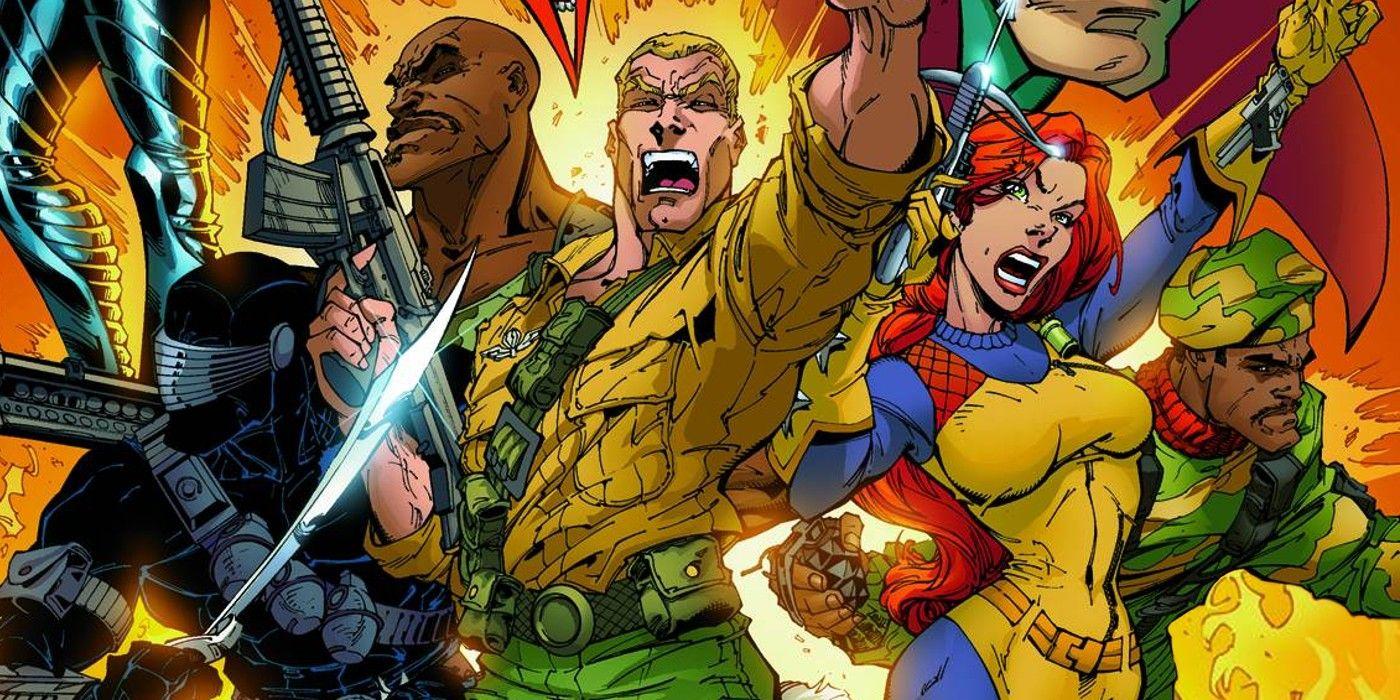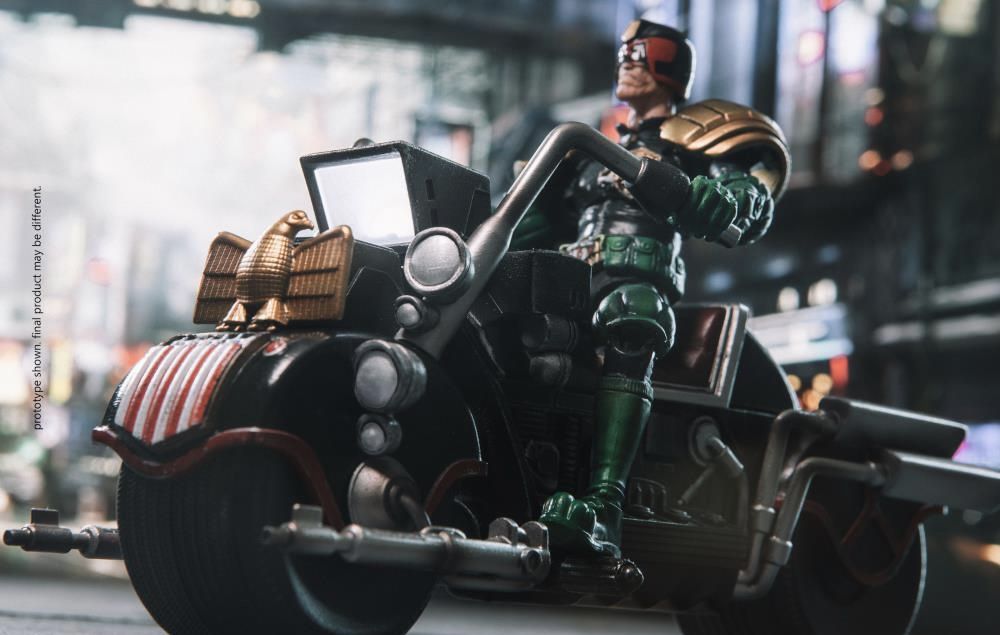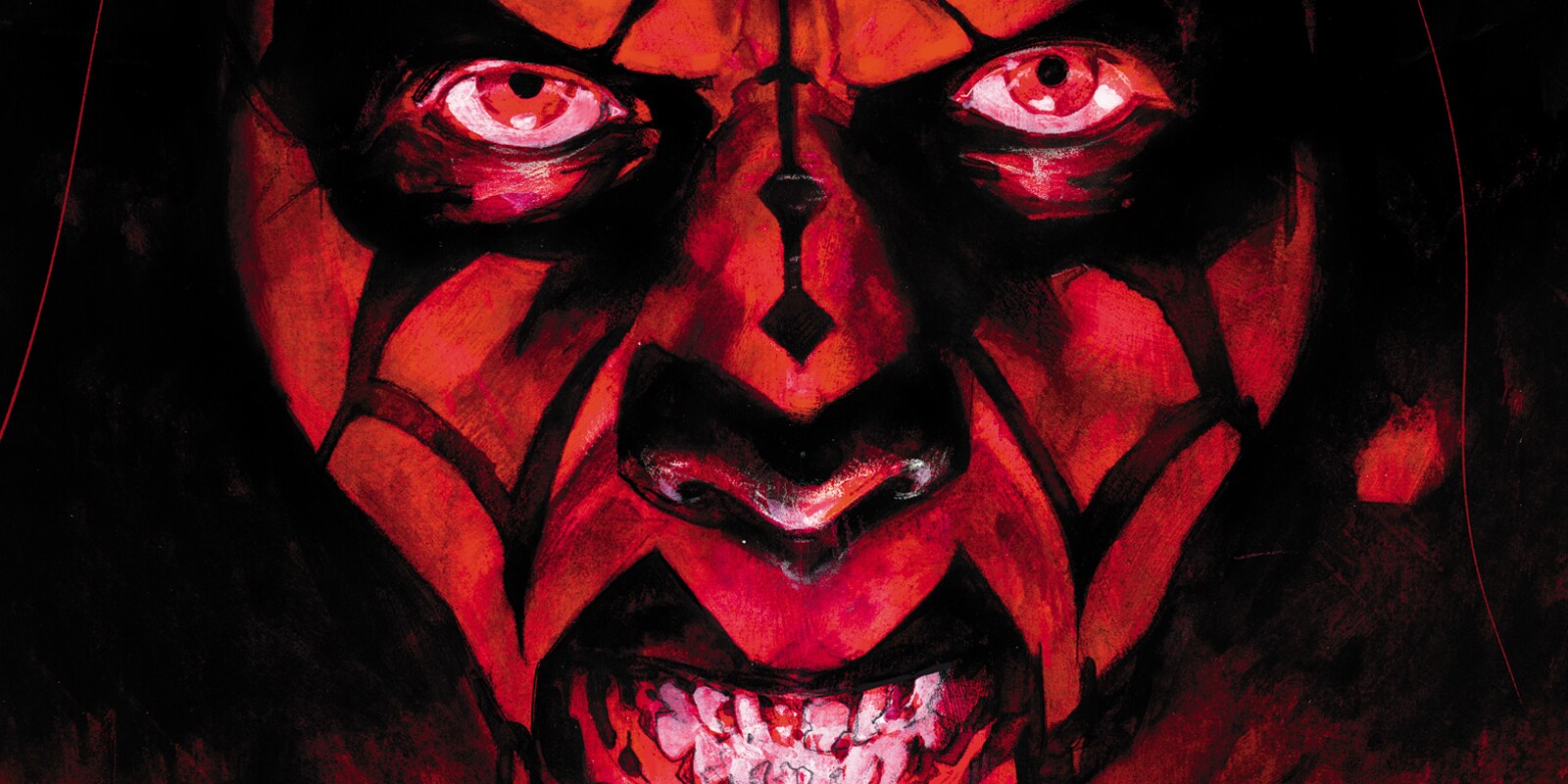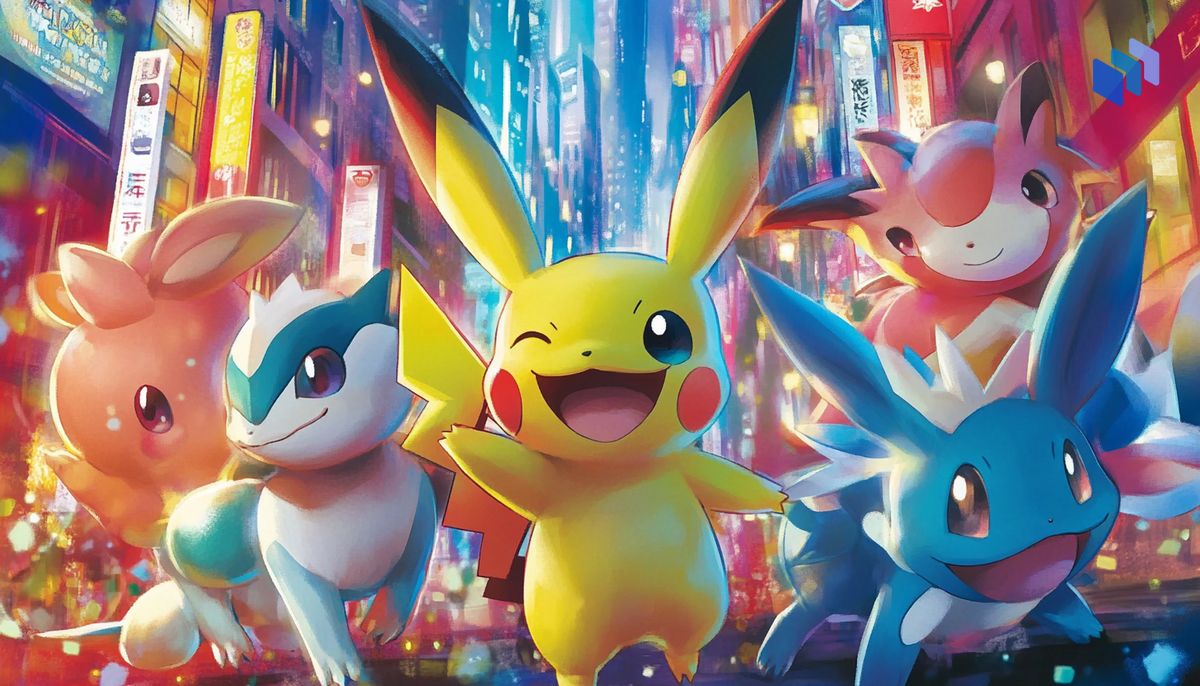In the vast landscape of action figures and toys, few names resonate as profoundly as G.I. Joe. A cultural icon that has transcended generations, G.I. Joe stands not just as a toy line but as a symbol of heroism and adventure. In this exploration, we delve into the fascinating origins of the G.I. Joe toy line, tracing its inception, evolution, and the impact it has had on the world of toys and popular culture.

To understand the genesis of G.I. Joe, we must journey back to the early 1960s. At the time, the toy industry was dominated by action figures with a military theme, primarily driven by the success of toys like Hasbro’s “The Man of Action” and Marx Toys’ “Johnny West.” However, these figures were largely static and lacked the articulation and playability that would define the G.I. Joe revolution.
The vision for G.I. Joe was set in motion by Stan Weston, a licensing agent and visionary who foresaw the potential of a fully articulated, poseable action figure with military themes. Inspired by the success of Hasbro’s “The Man of Action,” Weston envisioned a more dynamic and versatile toy that would capture the imagination of children and provide a canvas for creative play.
Stan Weston’s concept caught the attention of Hasbro, a toy company known for its innovative approach. Hasbro, under the leadership of Donald Levine, saw the opportunity to create a groundbreaking toy that would not only stand out in the market but also redefine the concept of action figures. Don Levine, a veteran of the toy industry, played a pivotal role in shaping the G.I. Joe concept and bringing it to life.
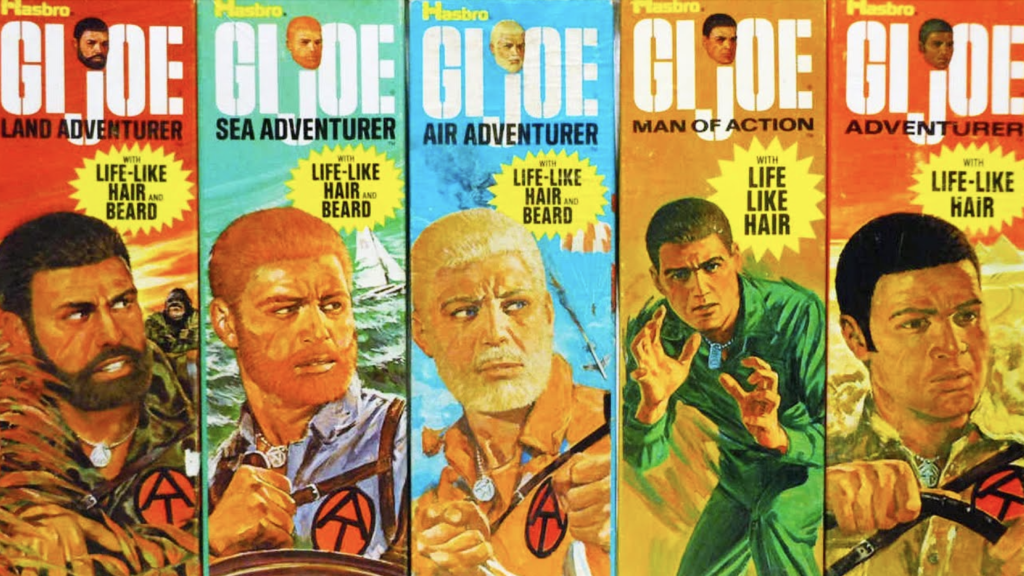
In 1963, G.I. Joe made its debut as the “Action Soldier” at the American International Toy Fair. Unlike its predecessors, G.I. Joe was a 12-inch action figure with articulation at the shoulders, hips, knees, and elbows. This level of articulation was unprecedented in the industry and allowed for a wide range of poses and dynamic play scenarios.
The decision to name the figure “G.I. Joe” was a nod to the classic term “Government Issue” and a deliberate effort to evoke the spirit of patriotism and military heroism. The tagline “America’s Movable Fighting Man” encapsulated the essence of the G.I. Joe concept.
While the original 12-inch G.I. Joe figures gained immense popularity, the turbulent cultural shifts of the late 1960s and early 1970s prompted Hasbro to reevaluate the brand. In response to anti-war sentiments and a changing toy market, G.I. Joe underwent a transformation.
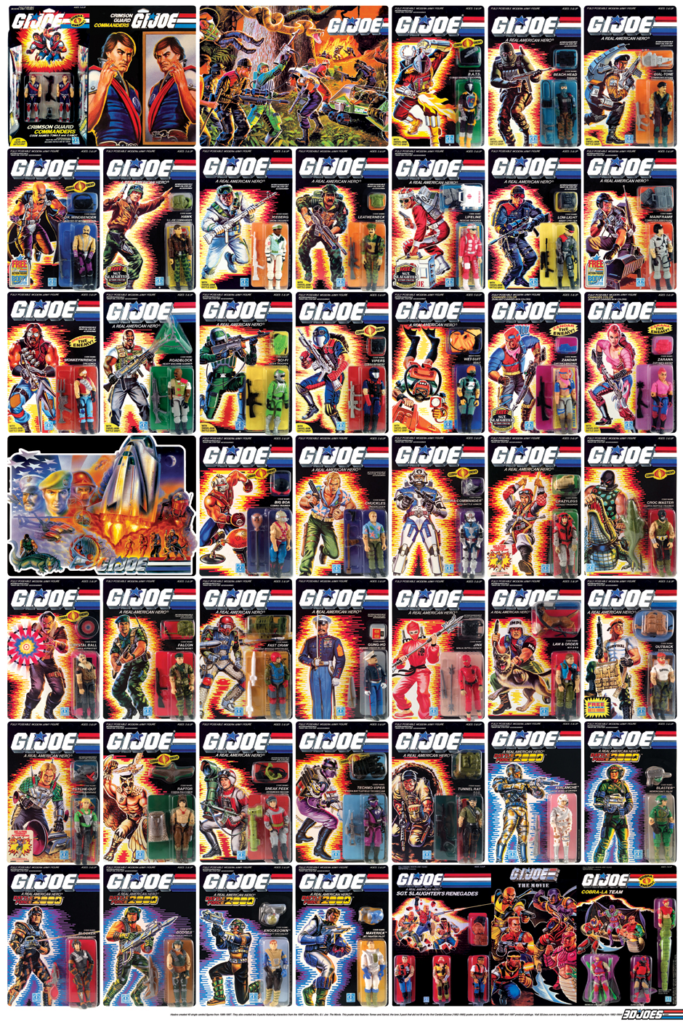
In 1982, G.I. Joe was reintroduced in a smaller, 3.75-inch scale as the “Real American Hero” line. This revamped series featured a diverse cast of characters, each with a unique specialty, codename, and backstory. The move to a smaller scale not only reduced production costs but also aligned G.I. Joe with the evolving landscape of action figures.
The “Real American Hero” era marked the pinnacle of G.I. Joe’s cultural impact. The toy line was accompanied by a Marvel Comics series, animated television shows, and a fervent marketing campaign. The characters, such as Duke, Scarlett, Snake Eyes, and Cobra Commander, became household names, capturing the hearts and imaginations of children worldwide.
The G.I. Joe animated series, with its memorable PSAs (Public Service Announcements), further ingrained the values of heroism, teamwork, and responsibility. G.I. Joe wasn’t just a toy; it was a cultural phenomenon that resonated with a generation.

G.I. Joe was not limited to action figures alone; it pioneered the concept of expansive playsets and vehicles. From the iconic G.I. Joe Headquarters to the awe-inspiring Cobra Terrordrome, these playsets became integral to the G.I. Joe experience. The vehicles, ranging from the Skystriker jet to the H.I.S.S. Tank, added a layer of realism and excitement to the play scenarios.
The modular design of G.I. Joe toys allowed for customization, encouraging children to create their own narratives and scenarios. The attention to detail in both the figures and accessories set a new standard for toy design.
In a groundbreaking move, G.I. Joe expanded its lineup to include a diverse cast of female characters. Scarlett, Lady Jaye, and Cover Girl were among the strong and capable heroines who joined the ranks of the G.I. Joe team. This inclusion broke gender stereotypes in the toy industry and contributed to the universality of G.I. Joe’s appeal.
G.I. Joe’s influence extends beyond the realm of action figures. The brand has seen adaptations in various forms, including comic books, animated series, and live-action films. The G.I. Joe comic series, initially penned by Larry Hama, became a critical and commercial success, adding depth to the characters and expanding the G.I. Joe universe.
As years passed, vintage G.I. Joe figures and accessories became highly sought-after collector’s items. The nostalgia factor, coupled with the enduring quality of the toys, has led to a vibrant collector’s market. Rare variations, complete playsets, and mint-condition figures from the early years of G.I. Joe command significant value among enthusiasts.
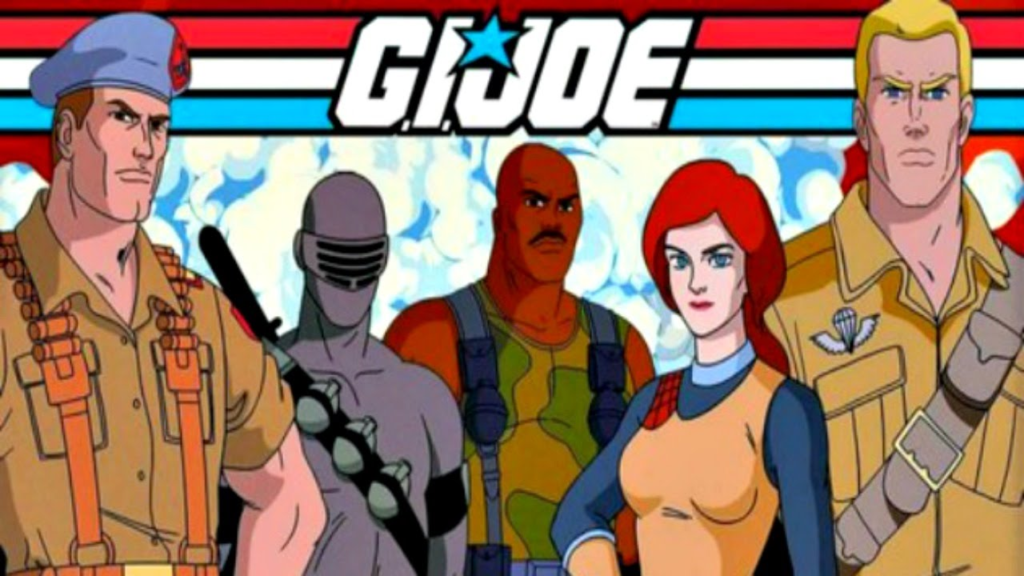
From its humble beginnings as the “Action Soldier” to its status as a pop culture phenomenon, G.I. Joe has embodied the spirit of heroism, adventure, and imagination for generations. The toy line’s ability to adapt to changing times, embrace diversity, and inspire creative play has solidified its place as a timeless classic.
As G.I. Joe continues to evolve, introducing new generations to the thrill of imaginative play, it stands as a testament to the enduring power of toys to shape childhoods and leave an indelible mark on the cultural landscape. G.I. Joe isn’t just a toy line; it’s a heroic journey that spans decades, resonating with the inner hero in every child who has embarked on adventures with these iconic action figures.

